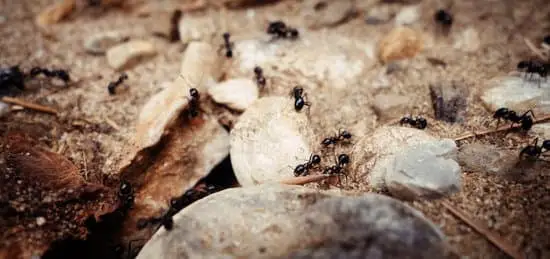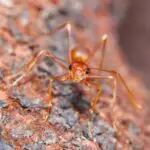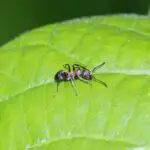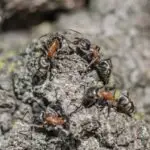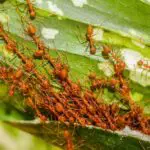What Ants Can Fly
Termites and flying ants are similar but they are actually very different. For starters, termites have two wings, while flying ants have four. Also, termites have straight antennae, while flying ants have bent antennae.
Termites are ants that eat cellulose-based materials, such as wood. They can cause significant structural damage. They are also considered to be pests. A swarm of flying termites is one way to identify a termite infestation. You can identify a termite swarm by finding discarded wings around your home.
Flying ants, on the other hand, are reproductive ants. They fly from their nests to find mates. They also fly to create new colonies. They create mating aggregations around trees and buildings. This is known as nuptial flight, and is a crucial reproduction stage for most ant species.
Aside from having wings, flying ants have a number of other differences from termites. For starters, ants are generally longer than termites. They also have elbowed antennae. They are also larger in size. They have a larger thorax, head, and eyes.
They are also known as swarmers. They are responsible for finding a new nesting site and building up a new colony. Some species of ants are known to swarm at certain times of the year.
Most species of ants can swarm, and there are some species that are especially likely to swarm. These include pavement ants, citronella ants, and carpenter ants. These species can be found throughout the U.S.
